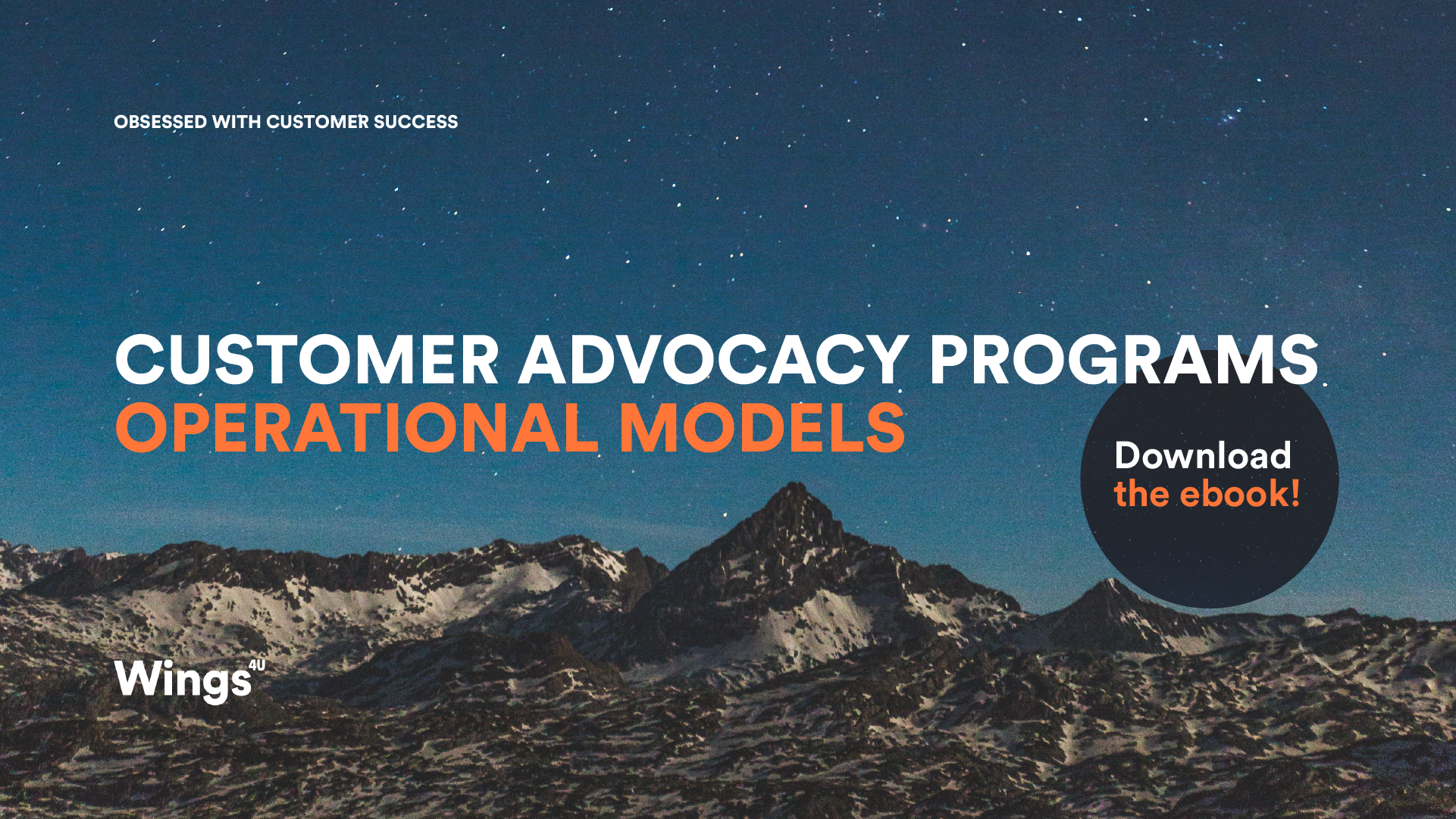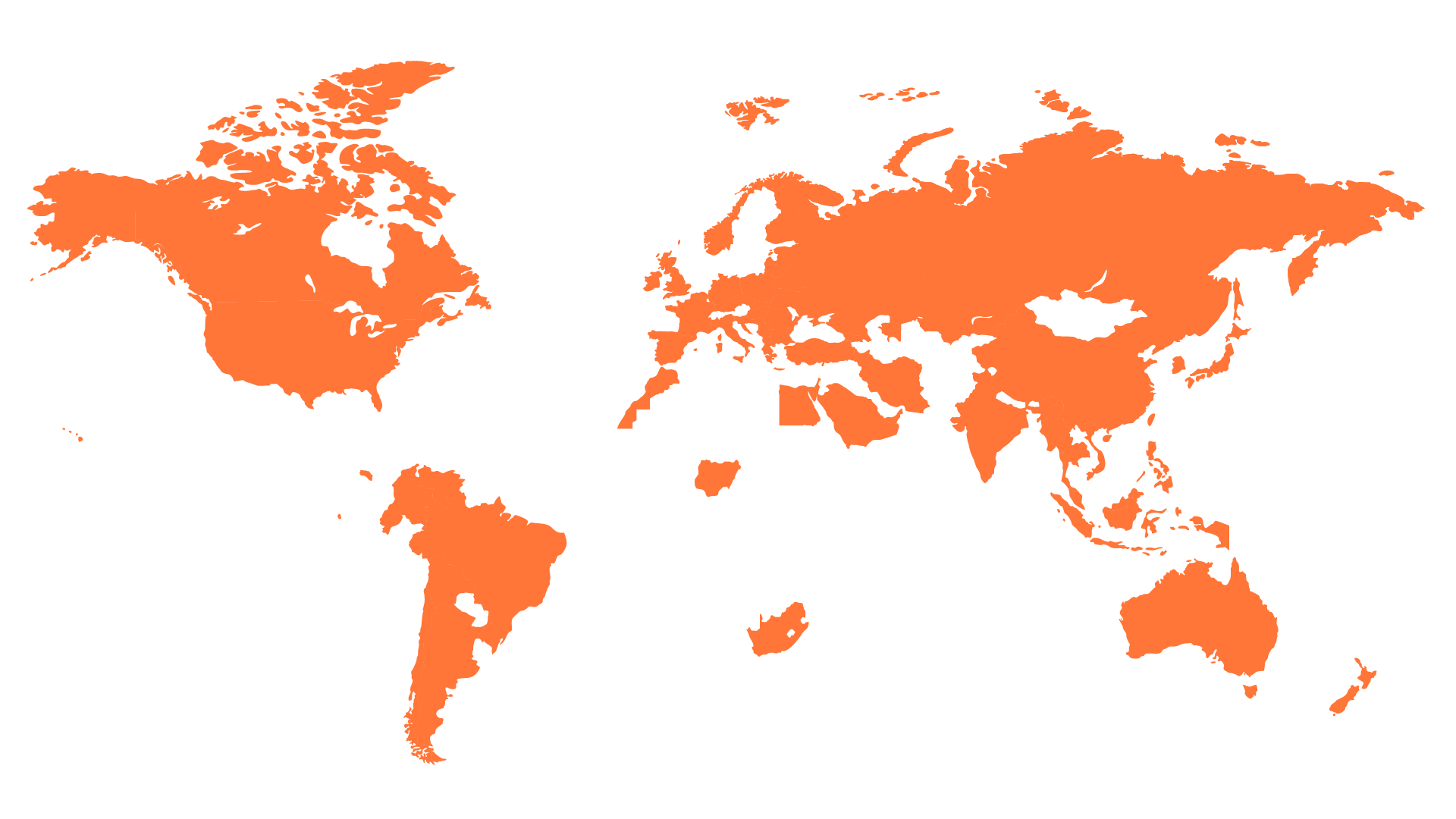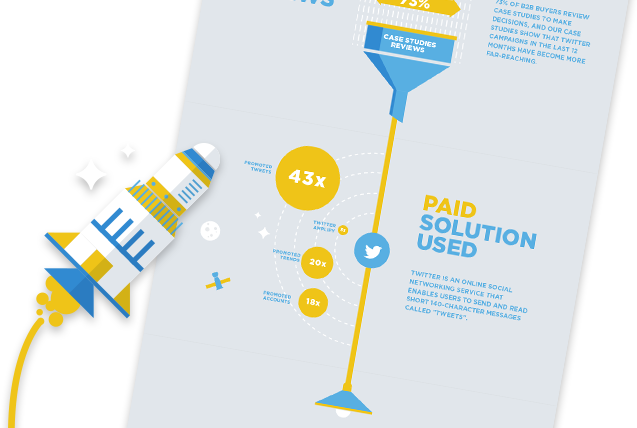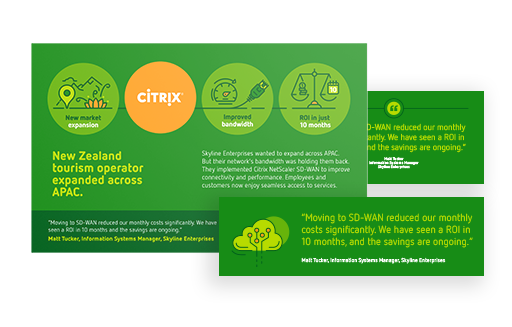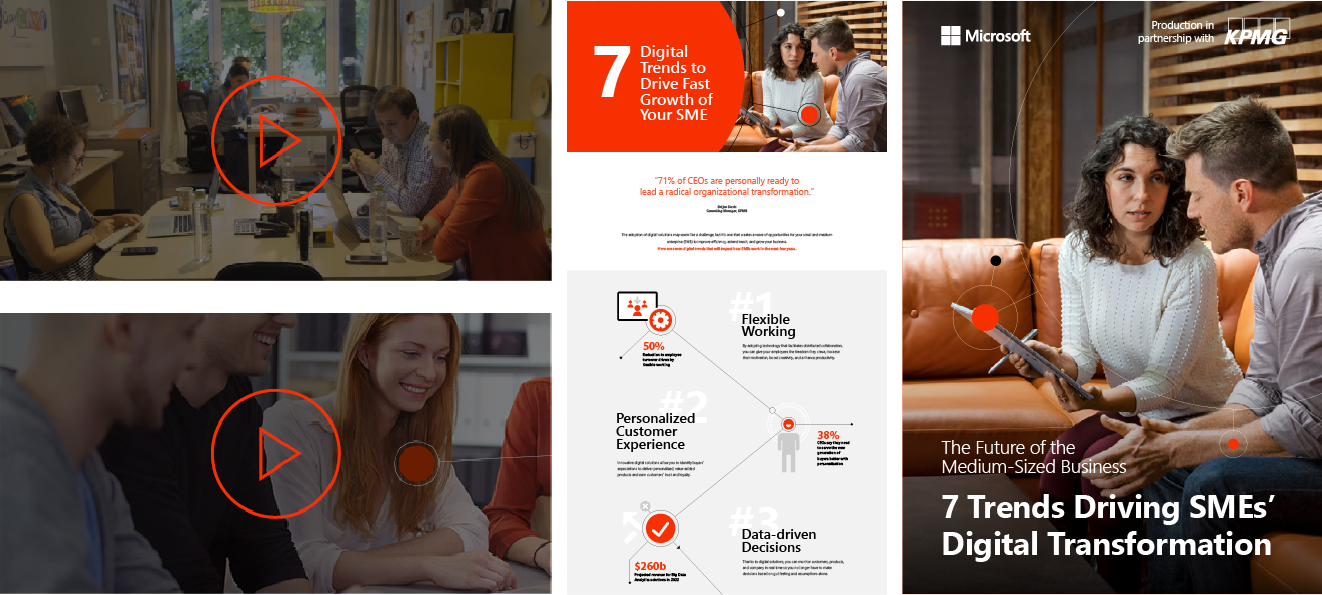.png?width=900&height=506&name=W4U%20blog%20headers(9).png)
As businesses strive to grow and become more competitive, building a customer advocacy program becomes increasingly important. Within the sphere of advocacy, a reference program can help organizations leverage satisfied customers to influence the buying decisions of potential customers. However, managing a program such as this can be challenging. In this article, we’ll dive deep into the reference desk model, outlining the benefits and challenges it presents, as well as identifying ways to optimize its use.
What is a Reference Desk Model?
A Reference Desk model is a team that sits behind a ticketing system, waiting for reference requests from sales and marketing teams. The program is typically designed to receive nominations for referenceable customers for advocacy activities or potential content creation. Additionally, the team proactively recruits advocates to fill gaps in product, industry, and country coverage.
Once advocates have been identified and are interested in participating, the Reference Desk model then secures their participation in the requested activity, whether it is a customer-to-customer call, an event speaker, RFP support, or providing online peer reviews. The team also secures approvals for logo usage in marketing materials, standalone quotes, or other small acts of advocacy.
Benefits of the Reference Desk Model
- Programmatic Approach: A Reference Desk model operates under clear processes for each advocacy activity. This helps other teams know how to engage and what to expect from the reference program.
- Service Level Agreements (SLAs): A Reference Desk model can establish SLAs, which enables better preparation from both the sales and marketing teams and a higher success rate in securing advocate participation.
- Strategic Recruitment: Reference requests are tracked through a ticketing system, which means reporting will be more accessible. By analyzing the type of requests received and fulfillment success rates, the team can quickly identify gaps and create targeted recruitment campaigns to fill them.
- Advocate Tracking: Advocate participation can be tracked not only to understand their level of utilization but also to note their preferences in terms of activities they are willing to support. This helps the team make better matches while nurturing the advocates by only contacting them with opportunities that align with their interests.
- Data-Driven Program: With a ticketing system in place and a programmatic approach to advocacy activities, reporting is easily accessible, and it can provide useful insights. The data coming from the reference program can be used to understand advocates’ preferences, behavior, and responsiveness.
- Reference Fatigue under Control: Advocate participation and availability are tracked in real-time, and limits can be set within the system, thus lowering the rate of overutilization.
- Superior Conversion Rates: Targeted recruitment strategies ensure prospects are matched with advocates that have a similar experience and can provide meaningful information, facilitating their conversion from lead to paying customer.
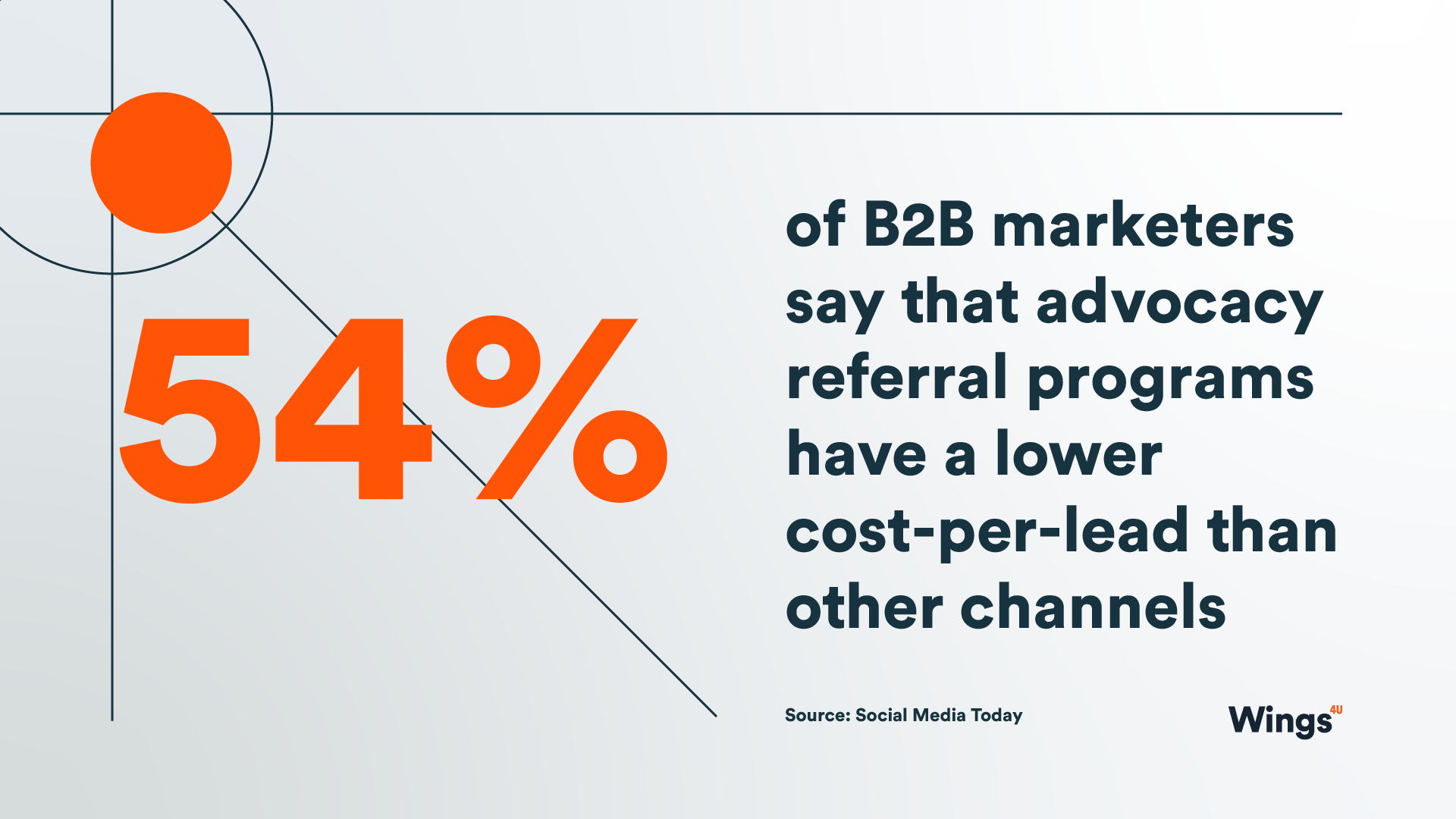
Challenges of the Reference Desk Model
- Not Effective for Customer Retention: The Reference Desk approach is transactional, and there are no additional programs for advocate nurturing or advance planning for advocate involvement and rewards.
- Seasonality: Events like summer or winter holidays will influence advocate participation, decreasing its level. Additionally, the volume of requests can increase at the end of a fiscal year, making it harder to prepare and fulfill.
- Low Usage of Advocates: Every seller or marketer will hope that the most well-known brands will be connected with their prospects. There is constant high demand for specific types of advocates and low interest in others. This can leave a lot of great names out of the equation just for having a more traditional use case or a smaller implementation, while the in-demand ones potentially get overused.
- Slow Fulfillment Process: Without any nurturing involved, advocates can quickly lose interest and stop participating when requested. This, in turn, continuously creates gaps in the advocate pool.
- No one-to-many activities: in a typical Reference Desk, the program performance is measured by the number of requests successfully fulfilled. However, tracking the complexity of those activities and the business impact they generate is not always possible. One-to-many activities such as user groups, webinars, or roundtables can generate a more significant impact on the business and allow for better tracking of the Reference Program's success.
Conclusion
In conclusion, the Reference Desk model can be a useful tool for managing reference requests and ensuring a streamlined process for advocate participation. However, there are also several challenges to be aware of, such as seasonality, unbalanced gives and gets for advocates, and limited business impact.
To maximize the benefits of the Reference Desk model, it's important to focus on strategic recruitment, tracking advocate availability and preferences, and nurturing the advocate relationship through activities such as webinars and roundtables.
Overall, the Reference Desk model can be an effective approach for managing reference requests and securing advocate participation, but it should be used in conjunction with other advocacy programs that focus on building long-term relationships with advocates and maximizing their impact on the business.

